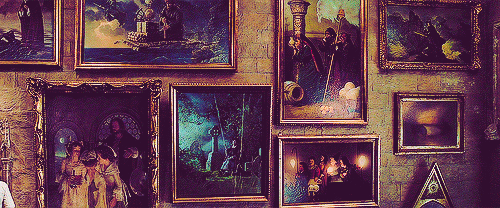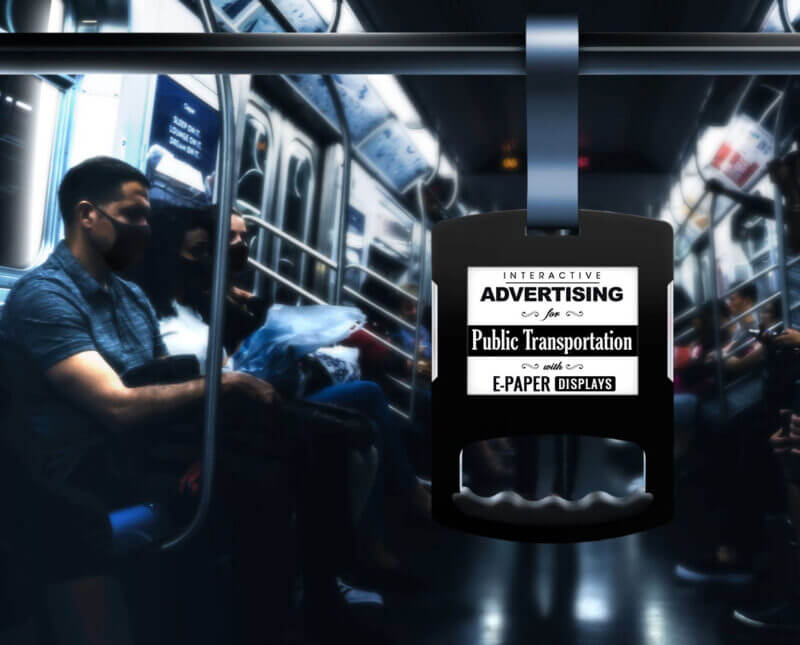In recent weeks we have been in talks with an e-paper market leader Lummico where an opportunity for cooperation has emerged.
“When additional shares became available, I didn’t want to offer them to just anyone. I realized my ex-bosses would be the best partners in this venture so I reached out to them first and they jumped on board. While I remain the majority shareholder and CEO, Kamil and Radoslaw sit on the board and bring expertise in their respective fields.” – says Michal Onoszko, CEO of Lummico.
Lukasz Skalski, Michal’s now ex-partner, has recently been called by adventure and decided to follow his dreams; starting with crossing Poland’s longest river Vistula on an air kayak. While he was preparing to tackle over 1000km of rapid waters coming down from the mountains and into the sea, Riverdi’s directors received the offer to buy his part of the company creating a Riverdi – Lummico partnership. In a way, it’s like a homecoming as both founders had worked at Riverdi a few years back.


Łukasz Skalski – Lummmico Co-Founder, Radosław Fularczyk – Riverdi MD
Lummico was founded in 2018 by two experts: Michal Onoszko and Lukasz Skalski. Lukasz is a great engineer, especially when it comes to embedded systems and programming thereof. He is a high-caliber Linux specialist, considered one of the best in the country, and certainly someone you’d call an extraordinary person. Michal, on the other hand, is a great mechatronics engineer, organizer, originator of ideas and initiatives, he can do practically anything at a high level. Together, they founded a company that specializes in e-paper modules.


Why is Lummico so interesting?
Lummico’s product is not just e-paper with a PCB (because that’s how uncomplicated e-paper modules are: a simple microcontroller plus a small plate displaying an image). Lummico’s engineers spent a lot of time on understanding and bending the nature of e-paper technology. It is controlled by a waveform, i.e. how, in what order and for how long we give voltage to the rotating e-paper molecules largely affects how much power will be used for this process, how quickly it will take place, how smoothly and how much of the previous image will be left. One of the problems with e-paper is that when we display a new image, the molecules have to literally turn – a process that is not perfect. The ability to control this well is what allows us to obtain a new image with low energy, quickly, with good contrast, and without traces of the previous image. That’s what Lummico put a lot of time into. Once they achieved that control, they looked into where to use that potential best.
A battery that lasts forever? Or a device that doesn’t need one at all?
The principal product Lummico produce are e-tags. They are either active – battery-powered or passive – batteryless. The active ones can work for a very long time; with a certain number of refreshes per day, the battery may last for the duration of the device’s life, some 10-15 years. The passive ones, on the other hand, are powered only through the field of a connected reader and also, more recently, through a mobile phone.
Once we control e-paper, we need to send data – image and content – to the display. Lummico typically does it via NFC. NFC belongs to the RFID family, i.e. contactless cards, wireless payments, short-range communication. And just like a payment card, it does not have a battery inside, but it communicates while taking energy from the reader or phone. You hold a card close to a reader, the card wakes up, takes energy from the reader and they exchange data. It is quite simple because the energy needs of a card are negligible, however, when it comes to refreshing e-paper, it is not so, we need more energy (but still relatively little of it when compared to an LCD or a TFT display). Therefore, we have this dilemma whether to transmit energy or transmit data. Lummico solved the dilemma very efficiently. The energy is controlled all the time and the data is sent in between the transfers of energy. This is done by the software on the reader’s side; a mobile phone or a tag, that receives the data. Building all this is not so easy, but once done, we have a batteryless tag. Such a tag is basically dead, nothing happens to it until we bring a reader or a mobile phone in to pass energy. It is a great, eco-friendly solution.


Let’s imagine warehouse shelves in a storage center where there are tens of thousands of items. If we use tags with long-life batteries that last five years, or even forever, that’s still a lot of batteries. This is where we can see just how ecologically-friendly a batteryless tag really is. Such tag can last a very long time without requiring any service actions whatsoever. It will run for 10-15 years, there is no wear or tear to it, no maintenance.
Harry Potter, E-paper tags and possible applications


Sometimes inspiration comes from the most unexpected places. In this case, it all started when Michal watched Harry Potter and saw moving pictures on the wall of the castle. He was so fascinated by the idea of creating such product, he decided to pursue it and within a month Lummico was born. While photos that move when you walk by are still waiting to be developed, they got involved in other amazing projects.
Lummico and Riverdi will be developing bespoke products for clients who are interested in having an e-paper tag with customization needs for product-specific use. Since there are very few people who specialize in this area, expert freelancers are contracted for specific jobs depending on the industry as there are innumerable applications to both active and passive tags.
Tags will replace store labels, warehouse labels, price labels, information on hotel doors, drug information labels and whatever information displayed on paper that needs systematic updating. So they don’t damage easily, the tags can be flexible; e-paper tag that is not on a glass substrate but on a foil that can be bent. The PCB can also be made on a soft surface, the so-called FPC – flexible printed circuit, then the tag can be placed on uneven or angular surfaces. It will soon be available in the store and is currently available for pre-order.
Pharmaceutical labels
During drug design, pharmaceuticals are tested, go through different phases and travel between various factories and distribution centers in special reusable, plastic crates; each with a label that needs updating at every stop. An e-tag that can be refreshed makes the process much easier and faster than sticking millions of new labels along the way. One can simply load new content and even save additional information that is not visible on the display. Traceability is incomparably better and just so much more professional than a sticker.


Grip displays
Grip display is an e-paper display embedded in a hand holder on a bus or any public transport. Today there is a piece of paper slid into a holder so when a passenger holding onto it gets bored, they can read what’s in their hand; like ‘scan the code & buy cinema tickets 20% cheaper’, any advertising or information. There is already such a project in the UK, but instead of paper notes, the handle has an e-paper display that can be updated. This also gives an option of bringing a mobile phone close to the display so that a specific action happens via NFC communication; we immediately visit a webpage, get a discount at a local restaurant, or add an event to our calendar. There is even a version with an integrated solar cell that can change commercials in a loop.
Production tags
A German company asked for tags for production boxes carrying elements for assembly. In the production process, each crate with a label follows the product that is being assembled. The box comes to the first employee who does some work with the parts, he scans the label with his reader, the system shows information that the employee is starting to work on this element. There is an exact time stamp; time he started, time he finished and a summary of what work he was doing. Should there be a failure of a mechanism, e.g. a gearbox in a car, we know who, how and when installed it; there are complete statistics. It may turn out that a given person produces 30% of defects, which means that he / she does something wrong and may need to be retrained. Labeling is not only about displaying information, but also about all the information that is stored in the memory.




Company ID
Company ID with a photo can be used to open doors or to pay in the company canteen. Normally, when a company has a visitor, a plastic card is printed for them, used during their stay, and then, at the end of the day, it is cut and thrown away. Here, we simply program the electronic tag from scratch and use it for the next visitor. No need to throw away and replace.
Doctor’s office
Since doctors’ offices are often shared, there must be up-to-date information on who is inside, what the working hours are, etc. – paper sheets must be changed frequently by the staff. If there is an e-paper tag on the door, the doctor himself can update the information with their phone: ‘Open until 5pm today’.


Isn’t paper cheaper?
You could say that replacing a piece of paper will always be cheaper than getting an electronic tag, but is that so? Someone has to write, print, cut and often laminate the card. For this you need a computer, printer, cutter, laminator and someone who will do these activities. And then, we throw the card away.
A few years ago, Riverdi applied for EU funding for our e-paper modules for bus stops; we wanted to create electronic timetables but received a response that there would never be electronic displays at bus stops because paper is cheaper. Today all bus stops are changing to electronic displays – foreseeing the direction of the future is part of a successful business. It turns out changing paper timetable regularly is not so cheap when accurately calculated. In the long term, an e-paper display is not only cheaper, but above all, it is so much more effective. It can be updated remotely, be interactive, show where the bus is at the moment and when it’s coming. This is valuable information for someone who is waiting. A piece of paper cannot give that.


E-book reader next?
While it’s no moving picture, it’s as close as it gets for now. Lummico is working on an e-book reader that will be full of surprises. However, there are many plans and endless applications. The sky is the limit. Today, Lummico’s tags are an attractive addition to Riverdi’s expanding offering.
E-paper products
DISCOVER OUR
Whitepaper
Achieve the perfect user-display interaction with the right Touch Sensor IC. Ever faced issues with phantom touch events or certification? Boost your R&D like a pro with our Whitepaper!



